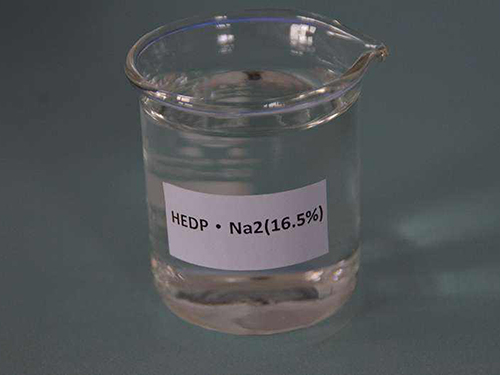poly aluminium chloride for drinking water
Poly Aluminium Chloride for Drinking Water Treatment
Poly Aluminium Chloride (PAC) has gained prominence as a coagulant in water treatment processes, especially for drinking water purification
. Its chemical composition, primarily consisting of aluminium hydroxide and aluminium chloride, allows for effective sedimentation and clarification of water, making it a popular choice among water treatment facilities worldwide.The efficacy of PAC lies in its ability to facilitate the coagulation process, where tiny particles and impurities in water aggregate to form larger clusters, known as flocs. By altering the surface charge of the suspended particles, PAC promotes the aggregation of these particles, leading to their removal through sedimentation or filtration. This process is crucial in ensuring the safety and quality of drinking water, as it reduces turbidity and eliminates harmful contaminants, including bacteria and heavy metals.
One of the key advantages of PAC over traditional coagulants, such as aluminum sulfate, is its enhanced performance across a range of pH levels. PAC operates effectively in both acidic and alkaline conditions, providing flexibility in treatment processes. This characteristic makes it particularly valuable in regions where water quality can vary significantly, allowing for consistent results regardless of the incoming water chemistry.
Moreover, PAC's lower dosage requirements typically lead to reduced sludge production compared to conventional coagulants. The optimization of chemical use not only contributes to more environmentally friendly practices but also reduces operational costs associated with sludge handling and disposal. This efficiency in the coagulation process further supports the sustainable management of water treatment facilities.
poly aluminium chloride for drinking water

In addition to its coagulant properties, PAC offers benefits in terms of disinfection. It can help in the removal of microorganisms, thus contributing to the microbial safety of drinking water. The use of PAC in conjunction with other treatment processes, such as chlorination or UV treatment, creates a multi-barrier approach that enhances overall water quality and safety.
The use of Poly Aluminium Chloride is also growing in industrial applications, such as wastewater treatment and paper manufacturing, but its role in drinking water treatment remains a key focus. Regulatory bodies and organizations involved in water quality monitoring continue to advocate for the use of PAC due to its effectiveness and lower health risks compared to other coagulants.
However, despite its advantages, it's essential for water treatment facilities to monitor the dosage and concentration of PAC used in treatment processes, as excessive use can lead to residual aluminium in treated water. Authorities must adhere to established guidelines to ensure that the concentration of aluminium does not exceed safe limits, protecting public health.
In conclusion, Poly Aluminium Chloride is a valuable agent in the treatment of drinking water, delivering efficient coagulation, reduced sludge production, and enhanced disinfection capabilities. Its adaptability to varying water conditions and its cost-effectiveness make it an ideal choice for modern water treatment processes. As the demand for safe drinking water continues to grow, the use of PAC is likely to expand, supporting global efforts to provide clean and potable water to communities.
-
lk-319-special-scale-and-corrosion-inhibitor-for-steel-plants-advanced-solutions-for-industrial-water-systemsNewsAug.22,2025
-
flocculant-water-treatment-essential-chemical-solutions-for-purification-processesNewsAug.22,2025
-
isothiazolinones-versatile-microbial-control-agents-for-industrial-and-consumer-applicationsNewsAug.22,2025
-
scale-inhibitor-key-solutions-for-water-system-scale-preventionNewsAug.22,2025
-
organophosphonates-versatile-scale-inhibitors-for-industrial-water-systemsNewsAug.22,2025
-
scale-and-corrosion-inhibitor-essential-chemical-solutions-for-water-system-maintenanceNewsAug.22,2025





